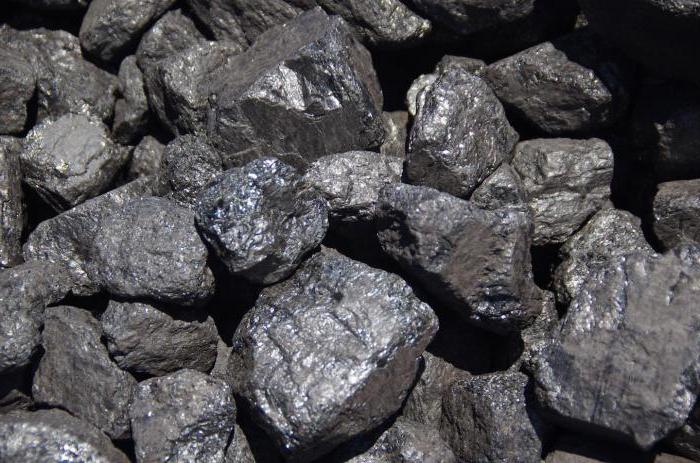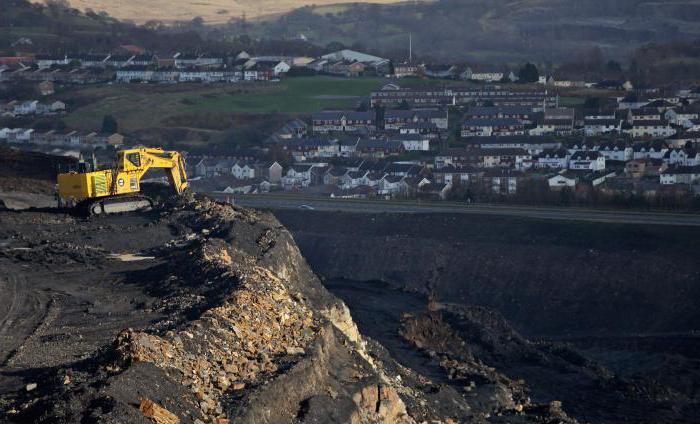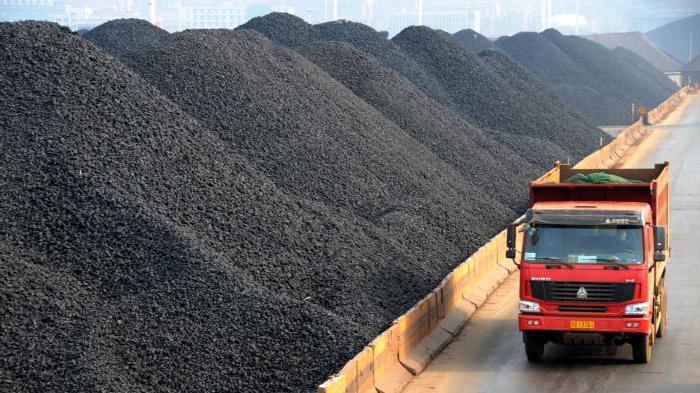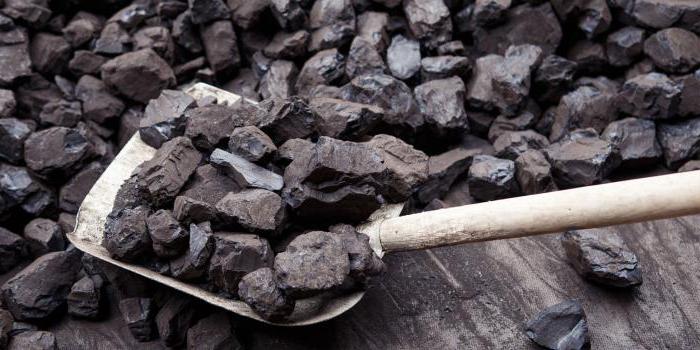Coal is one of the most famous fuel resources. The ancient Greeks were the first to know about the combustible properties of this mineral. How is coal mining in the modern world? Which countries are leading in its production? And what are the prospects for the coal industry in the near future?
What is coal and how is it used?
Coal is a solid and combustible mineral, a rock of dark gray or black color with a slight metallic luster. “This substance flares up and burns like charcoal,” - described the breed Theophrastus of Eres, a pupil of Aristotle. Ancient Romans actively used coal to heat their homes. And the Chinese in the 1st century BC learned to produce coke from it.
How was coal formed? In ancient geological epochs, large areas of the earth's surface were covered with dense forests. Over time, the climate changed, and all this wood pulp was buried under the thickness of the earth. Under conditions of high temperature and pressure, dead vegetation turned first into peat, and then into coal. Thus, powerful layers enriched in carbon appeared underground. Coal was most actively formed in the Carboniferous, Permian, and Jurassic periods.

Coal is used as energy fuel. It is on this resource that most of all thermal power plants work. In the 18th-19th centuries, the active mining of coal became one of the decisive factors of the industrial revolution that took place in Europe. Today, coal is widely used in ferrous metallurgy, as well as in the production of so-called liquid fuels (by liquefaction).
Based on the amount of carbon in the rock, there are three main types of coal:
- brown coal (65-75% carbon);
- coal (75-95%);
- anthracite (over 95%).
Coal mining
Today, the total industrial coal reserves on our planet reach one trillion tons. Thus, humanity will have enough of this fuel resource for many more years (unlike the same oil or natural gas).
Coal mining is carried out by two methods:
- open
- closed.
The first method involves the extraction of rock from the bowels of the earth in quarries (coal mines), and the second - in closed mines. The depth of the latter varies widely from several hundred meters to one and a half kilometers. Each of these methods of coal mining has its own advantages and disadvantages. So, the open method is much cheaper and safer than the underground. On the other hand, mines do much less harm to the environment and natural landscapes than quarries.

It is worth noting that coal mining technologies do not stand in one place. If a hundred years ago primitive bogies, picks and shovels were used to develop coal seams, now the latest technical machines and equipment (jack hammers, combines, augers, etc.) are used for the same purposes. In addition, a completely new method of production is being developed and improved - hydraulic. Its essence is this: a powerful jet of water crushes the coal seam and carries it into a special chamber. From there, the breed is delivered directly to the factory for further enrichment and processing.
Geography of World Coal Mining
Coal deposits are located in the world more or less evenly. Deposits of this resource are present on all continents of the planet. Nevertheless, about 80% of all deposits are in North America and in post-Soviet countries.At the same time, one sixth of the world's coal reserves contain the bowels of Russia.
The largest coal basins of the planet are Pennsylvania and Appalachian (USA), Henshui and Fushun (China), Karaganda (Kazakhstan), Donetsk (Ukraine), Upper Silesian (Poland), Ruhr (Germany).

As of 2014, the first five of the leading countries for the extraction of coal in the world is as follows (in parentheses is a percentage of global coal production):
- China (46%).
- United States (11%).
- India (7.6%).
- Australia (6.0%).
- Indonesia (5.3%).
Problems and prospects of the coal industry
The main problem of the coal industry, of course, is environmental in nature. Fossil coal contains mercury, cadmium, and other heavy metals. When extracting rocks from the earth, all this enters the soil, atmospheric air, surface and groundwater.
In addition to the damage done to the environment, the coal industry is also fraught with huge risks to human life and health. First of all, this applies to miners. Excessive dust in closed mines can lead to serious illnesses such as silicosis or pneumoconiosis. We should not forget about the large number of tragedies that annually take the lives of hundreds of coal industry workers around the world.

But, despite all the problems and dangers, mankind is unlikely to be able to abandon this fuel resource in the near future. Especially against the backdrop of a rapid decline in oil and gas reserves in the world. Today, the coal mining industry is dominated by an increase in anthracite production. In some countries (in particular, in Russia, Turkey, Romania), brown coal production is growing.
Coal mining in Russia
Russia was first introduced to Peter the Great by Peter the Great. While resting on the banks of the Kalmius River, the king was shown a piece of black rock that burned perfectly. “If not for us, then this mineral will be useful to our descendants,” the sovereign rightly summed up then. The formation of the Russian coal industry took place in the first half of the 19th century.
Today, coal production in Russia is over 300 million tons annually. In general, the country's bowels contain about 5% of the global reserves of this fuel resource. The largest coal basins in Russia are Kansk-Achinsky, Pechora, Tunguska and Kuzbass. Over 90% of all the country's deposits are located in Siberia.